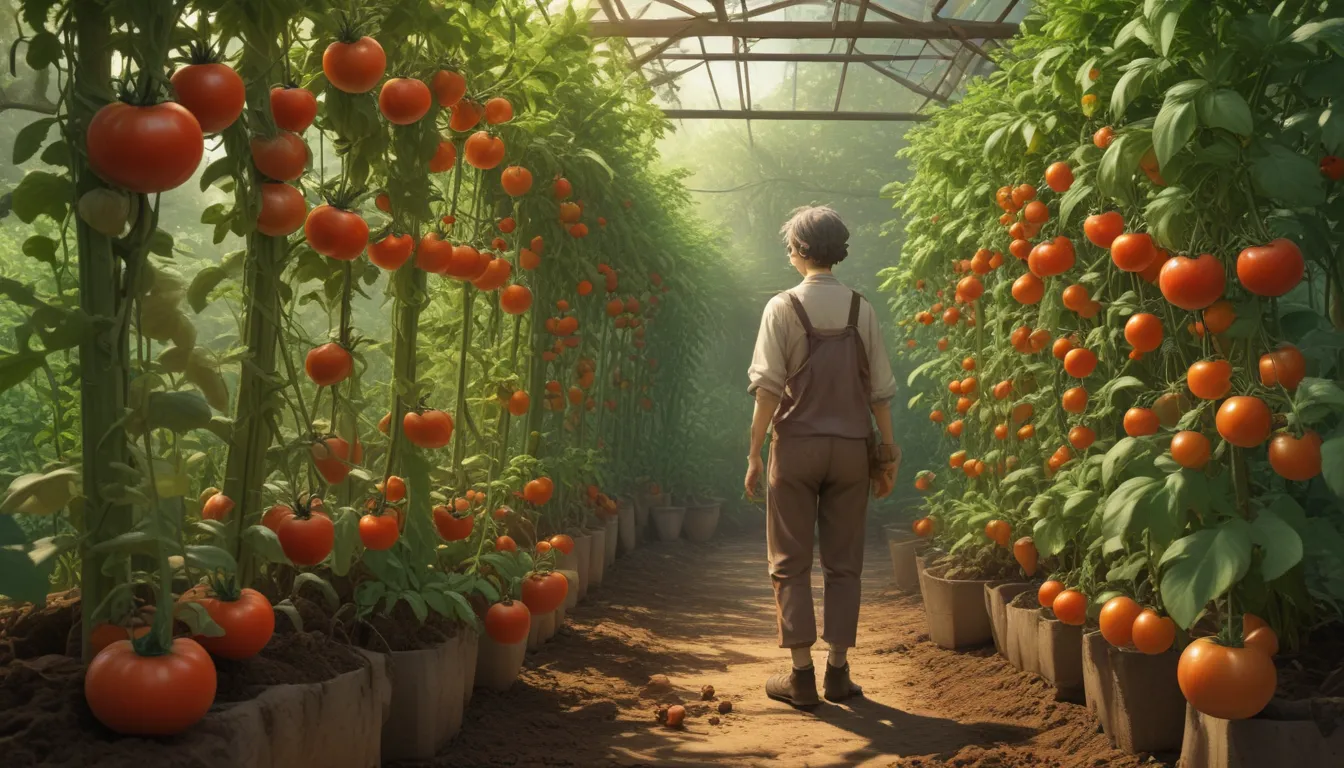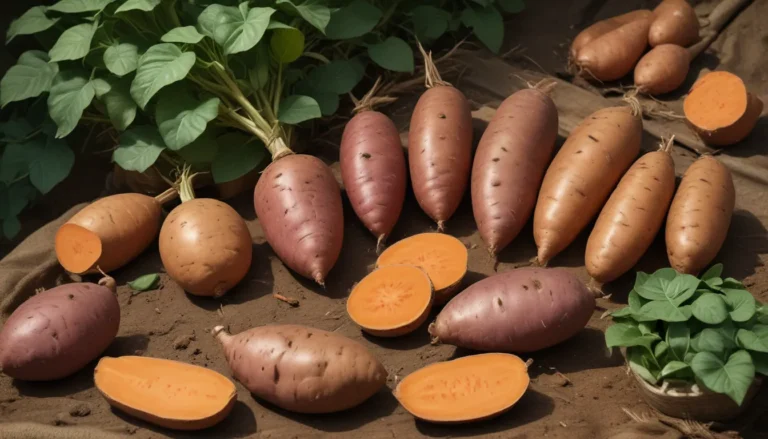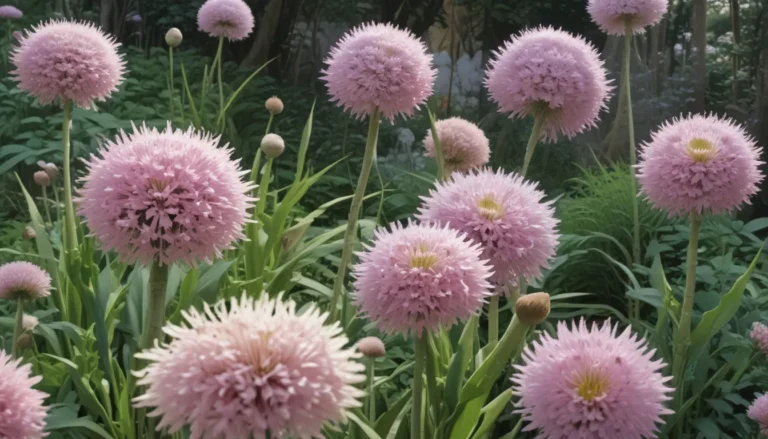Expert Tips for Successfully Growing Tomatoes in Clay Soil

Are you ready to take on the challenge of growing tomatoes in clay soil? Despite the difficulties, you can definitely succeed with the right approach and a little extra effort.
Let me guide you through the process, focusing on valuable tips and information to help you achieve a bountiful harvest of juicy, delicious tomatoes.
Why It’s Challenging to Grow Tomatoes in Clay Soil
Clay soil presents unique challenges for growing vegetables, especially tomatoes. From forming slimy clumps when wet to compacting tightly when dry, clay soil can make it difficult for seeds to sprout and roots to thrive.
However, clay soil is rich in nutrients, which can benefit tomato plants if managed correctly. To make the most of the nutrients in clay soil and overcome its negative tendencies, amending, mulching, and proper irrigation are essential.
The Importance of Testing Clay Soil
Before you start amending your clay soil, it’s crucial to test it to determine its pH levels and nutrient content. Tomatoes prefer slightly acidic soil with a pH between 6.0 and 6.8.
Testing your soil will help you understand what amendments are needed, such as adding calcium or organic matter. Gardening expert Mike McGrath recommends using crushed eggshells as a calcium source for your tomato plants.
Without accurate test results, adding unnecessary amendments can disrupt the nutrient balance of the soil and affect plant growth.
Amending Dense Clay Soil
When it comes to amending clay soil for tomato plants, tilling the ground is not recommended as it can lead to further compaction. Instead, consider removing sections of clay soil and replacing them with a mixture of topsoil, compost, peat, manure, and other organic amendments.
Rotating your crops and planting tomatoes in different sections of your garden each year can help prevent soil-borne diseases and pest issues. It’s essential to provide a nutrient-rich and aerated environment for your tomato plants to thrive.
Creating individual planting basins with a balanced mix of organic materials and amendments will set a solid foundation for healthy tomato growth. Adding nitrogen to the planting holes can also benefit the plants in the long run.
Staking Tomatoes for Support
Staking your tomato plants early on can help provide support as they grow taller and develop. Selecting appropriate stakes, cages, or trellises based on the variety of tomato plants you’re growing is essential.
By staking the plants while the soil is still soft, you can ensure they have the necessary support throughout the growing season. Monitoring their growth and adjusting the stakes accordingly will help prevent damage and maximize productivity.
Mulching for Moisture Retention
Mulching is crucial for retaining moisture, preventing weed growth, and improving soil structure. In clay soil, mulch can help regulate moisture levels and prevent waterlogging, which can lead to root issues.
Using organic mulching materials such as straw, mulch paper, or grass clippings can help keep the soil aerated and prevent compaction. Regularly replenishing the mulch layer and choosing the right materials can benefit both the plants and the soil.
Special Watering Tips for Clay Soil
Proper watering is key to successful tomato growth in clay soil. Ensuring consistent moisture levels without waterlogging the soil is essential for healthy root development and nutrient uptake.
Be mindful of the soil’s moisture content and avoid allowing it to dry out completely, as this can lead to cracking and nutrient deficiencies. Overly wet soil can also cause issues like root rot and nutrient leaching.
By following these expert tips and best practices, you can overcome the challenges of growing tomatoes in clay soil and enjoy a bountiful harvest of fresh, homegrown produce.
Remember, the hard work and effort you put into your garden will pay off in the form of delicious, flavorful tomatoes that you can proudly share with your family and friends.
Do you have any tomato-growing secrets to share? Feel free to leave your tips and experiences in the comments below. Happy gardening!





